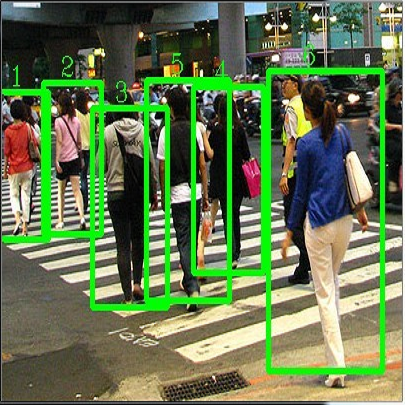Arbitrary-oriented objects widely appear in natural scenes, aerial photographs, remote sensing images, etc., thus arbitrary-oriented object detection has received considerable attention. Many current rotation detectors use plenty of anchors with different orientations to achieve spatial alignment with ground truth boxes, then Intersection-over-Union (IoU) is applied to sample the positive and negative candidates for training. However, we observe that the selected positive anchors cannot always ensure accurate detections after regression, while some negative samples can achieve accurate localization. It indicates that the quality assessment of anchors through IoU is not appropriate, and this further lead to inconsistency between classification confidence and localization accuracy. In this paper, we propose a dynamic anchor learning (DAL) method, which utilizes the newly defined matching degree to comprehensively evaluate the localization potential of the anchors and carry out a more efficient label assignment process. In this way, the detector can dynamically select high-quality anchors to achieve accurate object detection, and the divergence between classification and regression will be alleviated. With the newly introduced DAL, we achieve superior detection performance for arbitrary-oriented objects with only a few horizontal preset anchors. Experimental results on three remote sensing datasets HRSC2016, DOTA, UCAS-AOD as well as a scene text dataset ICDAR 2015 show that our method achieves substantial improvement compared with the baseline model. Besides, our approach is also universal for object detection using horizontal bound box. The code and models are available at https://github.com/ming71/DAL.
翻译:自然场景、航空照片、遥感图像等广泛出现任意定向物体,自然场景、航空照片、遥感图像等广泛出现,任意定向物体探测受到相当重视。许多目前的轮换探测器使用大量有不同方向的锚,以实现与地面真相框的空间一致,然后将跨部门统(IoU)用于对正和负候选培训对象进行抽样;然而,我们发现,选定的正锚不能总是确保回归后准确检测,而一些负面样本可以实现准确的本地化。它表明,通过IOU对锚进行质量评估是不合适的,这进一步导致分类信任和本地化准确性之间的不一致。在本文件中,我们建议采用动态锚学习(DAL)方法,利用新定义的匹配度来全面评估锚点的本地化潜力,并开展更有效的标签分配过程。通过这种方式,检测者可以动态地选择高质量的锚,以便实现准确的物体探测,而分类和回归之间的差异将会得到缓解。随着新引入的DAL,我们为任意定向目标对象的检测性目的物体,只有几条水平级的定位定位(DAL)学习(DAR)学习方法,在2015年进行实质性的测试之前,测试时,在IAS-DAS-DAS-S-S-S-S-S-S-SDAR-S-SDS-S-S-S-S-S-S-S-S-S-S-S-S-S-S-S-S-S-S-S-S-S-S-S-S-S-S-B-S-S-S-S-S-S-S-SD-BAR-S-S-S-S-S-S-S-S-S-S-S-S-S-S-S-S-S-S-S-S-S-S-S-S-S-S-S-S-S-S-S-S-S-S-S-S-I-I-I-I-I-I-I-I-I-I-I-I-I-I-I-I-I-I-I-I-I-I-I-I-I-I-I-I-I-I-I-I-I-I-I-I-I-I-I-I-I



